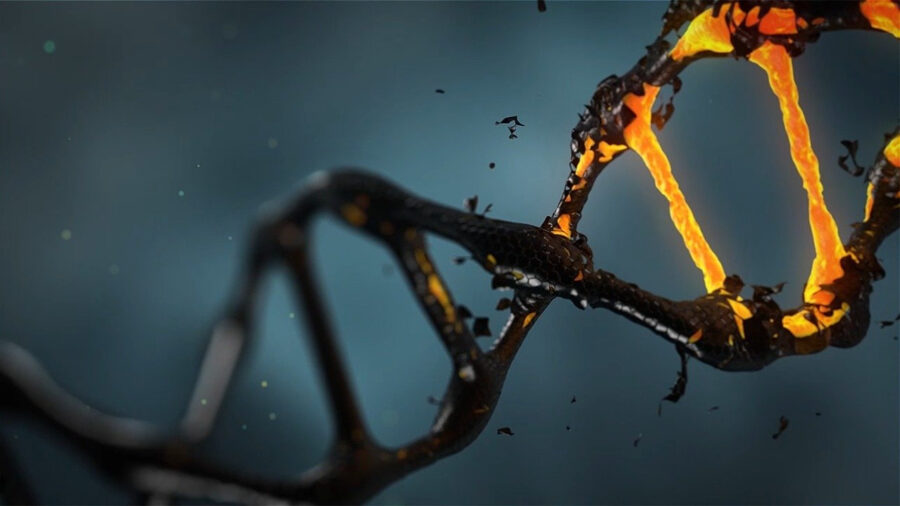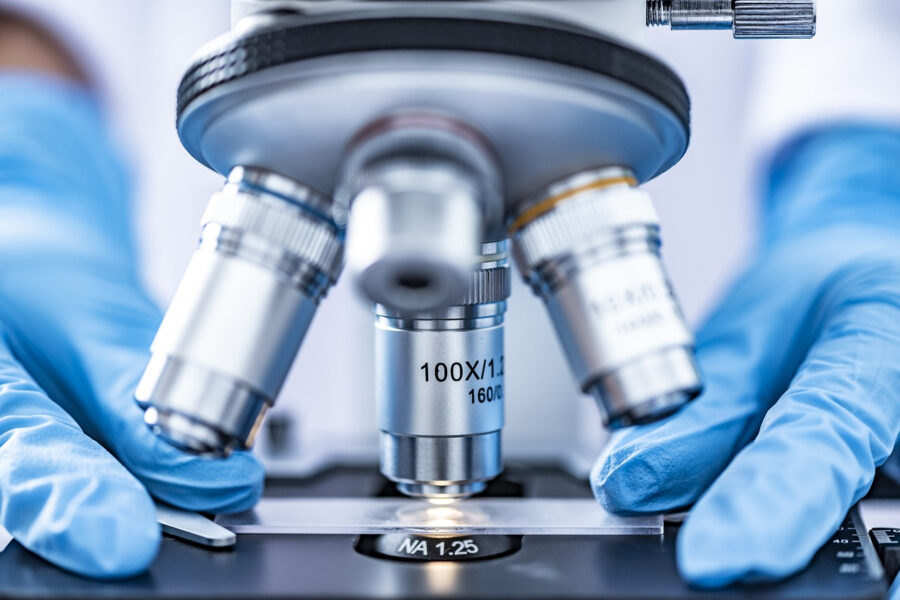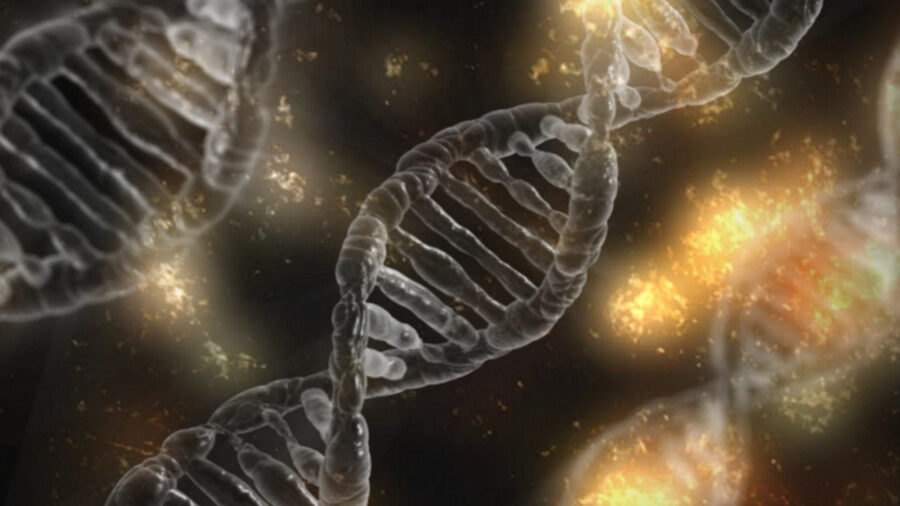Your DNA Can Now Be Collected Through The Air
DNA can now be taken right out of thin air.
This article is more than 2 years old

Researchers have made a breakthrough in collecting DNA through the air. If you’ve watched a few crime shows, you know that traditionally, we have only been able to collect DNA from a surface. On television, this leads to interrogation scenes where suspects are tricked into touching a glass, spitting out their gum, or otherwise leaving their personal signature behind to be collected for further investigation. In the future, these scenes may be a lot less interesting.
Researchers at the Queen Mary Institute of London were doing an experiment with naked mole rats. They used pressure filters to attempt to collect the naked mole rats DNA through the air. The researchers were able to collect samples in the larger room and in the animals’ housing units. At the same time, they discovered that they had also captured human DNA.
This study was meant to help conservationists and ecologists. They wanted to use their technology to study the biological environments of different animals. However, as often happens for scientists, their research has much further implications than they could have imagined. The natural implications are that investigators will now be able to pluck human DNA from the air for forensic studies. However, we may not want to get too ahead of ourselves here.

First of all, science has a bit further to go to be properly developed for such usage. Naturally, seeing the potential here, private companies are already working on that.
Secondly, court systems will have a long way to go before accepting this kind of technology and having it be trusted by a jury. Right now, DNA evidence holds a lot of credibility with a jury. However, when it’s collected in the air? What could that mean? It sounds like a field day for a defense attorney, who won’t have far to go to cast doubt on the technology. For example, how far could a person’s DNA travel in the air? Does it really prove they were in that room? Could another person have carried that evidence through the air with them? In terms of forensics, the court system will have to face not only waiting for that technology to properly develop but for the average person to trust and understand how the system works.
The legal system isn’t the only area this technology could be used in though. Today, we have a better understanding of why tracking DNA in the air may be useful for tracking the spread of illness. A virologist could track the spreading of a virus. For example, if they see the same DNA at a coffee shop, the mall, and a restaurant, they then know that the virus spread from that one individual into all of these places. That data could be useful in measuring how easily a particular illness spreads, among other things.

While these are the examples of practical applications we know of so far, private companies are working on coming up with other ways they might use this technology in the future. The more exacting their tools get for doing this, the more trusted the technology will become. For example, they may be able to develop tools that can tell when a particular person was in a particular spot and better narrow down the location. At this point, the discovery is brand new. We’ll have to wait and see how far companies are able to take it.












